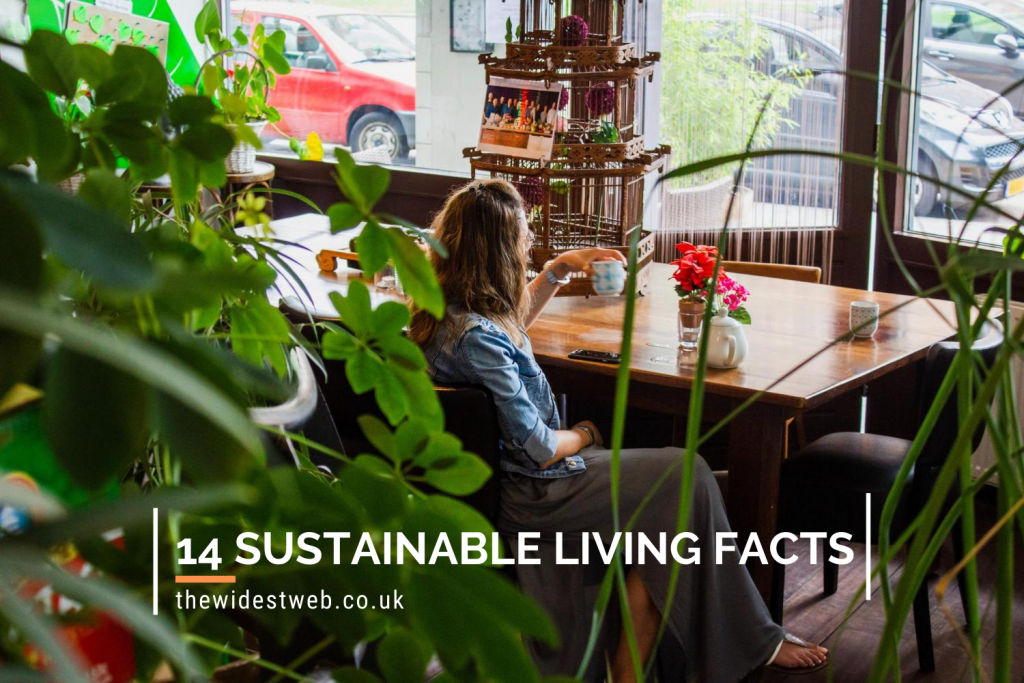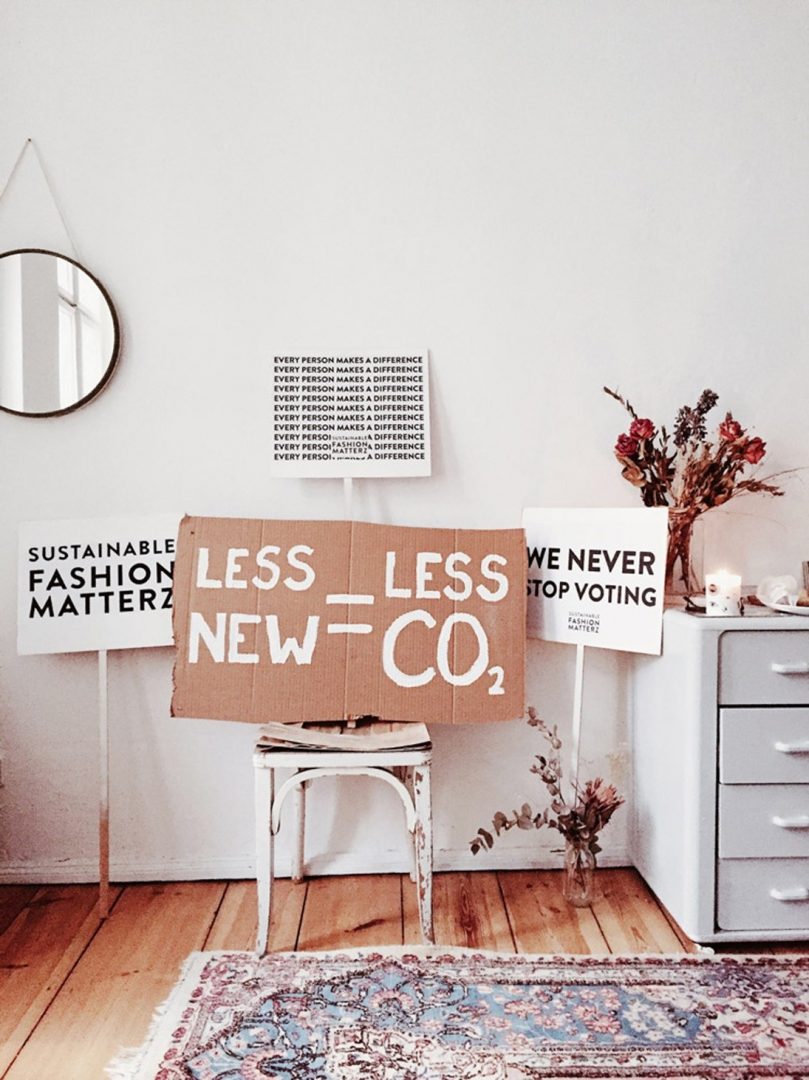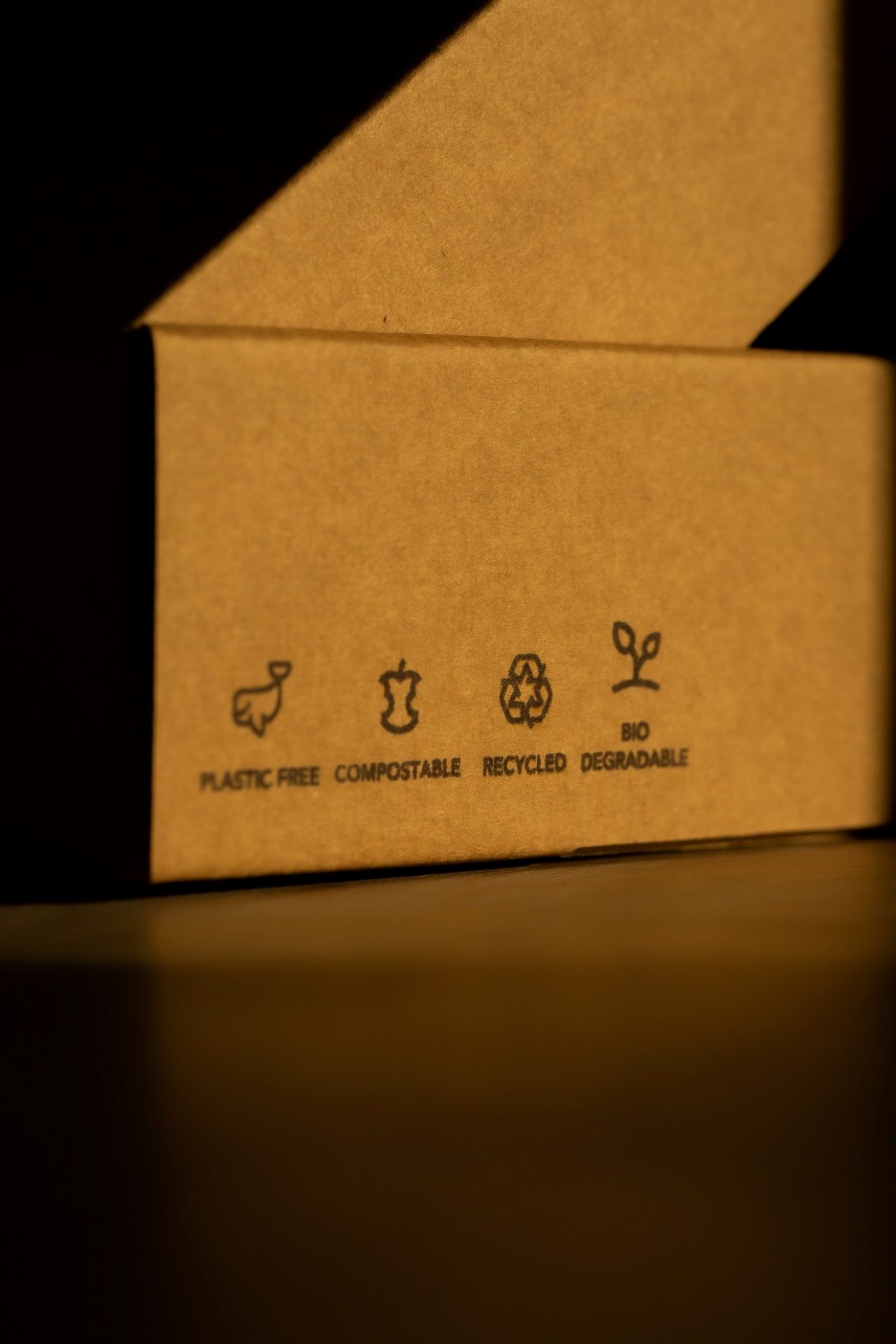
The more scientists study this planet, the more it becomes evident that large-scale sustainable living is not only desirable but necessary for the survival of humanity as a whole. Here we discuss sustainable living facts.
The climate emergency is real and the rate at which our planet is changing due to human activity has become a major concern among scientists around the world. At this point, it is nearly impossible to deny that we need to implement sustainable living practices as soon as possible.
As a homeowner, there are many things you can do to reduce your daily carbon footprint and go green even with funding through green home grants. If you’re searching for a more sustainable home, ask your real estate agents to look for a greener home.
There is no doubt that certain home improvements will immediately lead to more benefits both financially and environmentally, but they also have a huge influence on the well-being of your family.

Here are 14 surprising sustainable living facts that you can note to reduce your carbon footprint and start making a difference right away
-
More than 40% of all the energy usage in American homes can be attributed to appliances.
-
Using an air conditioner actually makes you feel hotter than if you didn’t have one and it also heats up the air outside your home.
-
The United States’ recycling rate is embarrassingly low compared to other developed countries.
-
A plastic toothbrush takes up to 3 years to decompose.
-
You can reduce your home’s energy usage by up to 25% simply by replacing incandescent light bulbs with CFLs.
-
If you are looking for a way to save money when shopping, use reusable canvas bags instead of plastic or paper bags.
-
Keeping heating and cooling systems in homes efficient could save roughly $150 a year in energy costs.
-
Bamboo is actually a type of grass that grows very quickly and takes up very little space, making it ideal for sustainable living.
-
Having a greener home does not necessarily mean that you must sacrifice comfort or convenience.
-
Making the switch from plastic water bottles to reusable metal bottles is not as expensive as you might think.
-
Recycling just one glass jar saves enough energy to power a computer for two hours.
-
A tankless water heater is actually more efficient than a traditional water heater.
-
If everyone in the United States replaced just one light bulb with an energy-efficient model, it would be the equivalent of taking 4 million cars off the road.
-
Composting your kitchen scraps can reduce greenhouse emissions by 3% to 5%.
How to live a more sustainable lifestyle?
Follow the 3R strategy – Reduce, Reuse, Recycle.

Reduce
The more you reduce your use the better, i.e., carpooling, telecommuting; renting a laptop, buying locally grown food; using energy-efficient appliances; smart shopping (buying in bulk to reduce packaging); make your home more sustainable by insulating and weatherizing it and:
- Reduce waste to zero and cut down pollution by buying less packaged goods.
- Reduce the use of energy by switching to energy-saving light bulbs.
- Reduce the use of water by taking shorter showers and fixing leaky faucets.
- Use energy-efficient light bulbs, such as Compact Fluorescent Lights (CFLs), which produce the same amount of light as traditional bulbs but use less electricity and last longer, etc.
Reuse
Reusing items is a great strategy that will save you money and reduce waste. Reuse household items by donating, selling, or trading them with friends or through great upcycling ideas. Give your old books to charity shops or schools that need reading material for students.
- Take reusable bags with you when shopping to avoid using plastic bags which are not very environmentally friendly.
- You can even make some of your own bags from old t-shirts and jeans.
- Choose products that can be reused over single-use items such as paper plates and plastic utensils.
- Use containers, bottles, bags, etc., more than once before throwing them away.
Recycle
Recycling is a great way of creating new products out of old ones. Reduce and reuse before you recycle so that less material ends up in landfills or use more biodegradable products. If buying new clothes is too expensive, consider recycling your old clothes.
- Recycle items such as recyclable plastic, paper, and cardboard for cash to spend on something else.
- Compost kitchen scraps for a rich fertilizer that can be used in the garden or to make potpourri.
- Wash out tin cans and turn them into a bird feeder, garbage can, flower pot, or other household items.
Earn Money
Sell or upcycle your used goods instead of throwing them away. You can use an online free classified website or sustainability app to get rid of any unwanted items for cash. Make money by recycling scrap metal, paper, and plastic bottles. Make money by recycling old newspapers, plastic bottles, cans, and other items.
Grow your own produce
You can plant a kitchen herb garden to save money and have healthy herbs available for cooking. Grow food in your backyard, on the patio, or even indoors using windowsill planters.
Closing Thoughts
Sustainable living could be the key to a happier, healthier, and more eco-friendly lifestyle. We have to take responsibility for the planet’s resources and ensure that they will be available to future generations. Implementing just a few of the green strategies listed here could save you time, money and improve the health of this planet.

